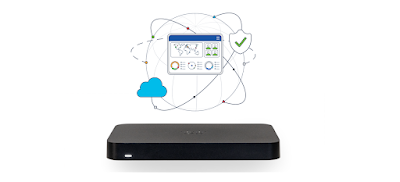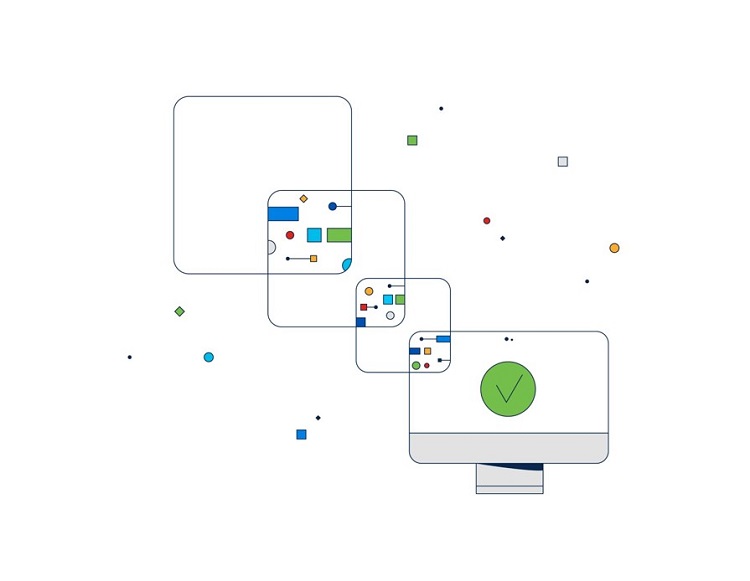The 300-735 SAUTO exam, also known as the Automating and Programming Cisco Security Solutions exam, has a duration of 90 minutes and is linked to several certifications, including CCNP Security, Cisco Certified DevNet Professional, and Cisco Certified DevNet Specialist - Security Automation and Programmability. This exam evaluates a candidate’s understanding and ability to implement automated security solutions. It covers the following topics:
- Network Programmability Foundation (10%)
- Network Security (35%)
- Advanced Threat & Endpoint Security (30%)
- Cloud, Web, and Email Security (25%)
Reasons to Pass Cisco 300-735 SAUTO Exam
Cisco certifications are highly valued in the industry, and passing the 300-735 SAUTO exam can open up numerous opportunities for you. Let’s explore some benefits of passing this exam and how it can enhance your professional journey.
1. Unlock New Career Opportunities
One of the significant advantages of passing the Cisco 300-735 SAUTO exam is the potential to unlock new career opportunities. This certification demonstrates your expertise in implementing Cisco’s automation solutions. Many organizations across the globe rely on Cisco technologies, and having the skills to automate their networks can make you an invaluable asset to them. Passing this exam can lead to job roles such as network automation engineer, network architect, or automation consultant.
2. Stay Ahead in the Evolving Networking Landscape
Networking is continuously evolving, and automation is becoming an integral part of it. Passing the CCNP Security 300-735 SAUTO exam proves that you possess the knowledge and skills required to work with modern network automation technologies. This certification ensures that you stay updated with the latest trends in the networking industry and empowers you to implement automation solutions effectively. As businesses increasingly adopt automation to streamline their operations, your expertise will be in high demand.
3. Enhance Your Technical Skills
Preparing for the Cisco 300-735 SAUTO exam requires a deep understanding of network automation concepts, tools, and technologies. As you study for this exam, you will develop a strong foundation in automation frameworks, protocols, APIs, and scripting languages like Python. These technical skills are not only valuable for passing the exam but also for your professional growth. They equip you to tackle real-world networking challenges, automate repetitive tasks, and optimize network performance, making you a proficient networking professional.
4. Validate Your Expertise
Cisco certifications are widely recognized and respected in the industry. By passing the CCNP Security 300-735 SAUTO exam, you validate your expertise and proficiency in network automation. This certification proves your skills to potential employers and clients, giving you a competitive edge. It demonstrates your commitment to continuous learning and professional development, making you a trusted professional.
5. Join the Cisco Certified Community
Becoming certified in Cisco technologies opens the door to a vast community of networking professionals. By passing the CCNP Security 300-735 SAUTO exam, you become part of the Cisco-certified community, which offers various benefits. You gain access to exclusive resources, forums, and events where you can engage with experts and like-minded professionals. This community provides opportunities for networking, knowledge sharing, and career growth through interactions with industry leaders and peers.
6. Cisco 300-735 SAUTO Exam Increases Your Earning Potential
Passing the Cisco 300-735 SAUTO exam can significantly impact your earning potential. Cisco certifications are highly regarded, and employers often recognize the value of certified professionals. With this certification, you position yourself for better job prospects and higher-paying roles. According to industry reports, Cisco-certified professionals earn higher salaries than their non-certified counterparts. Investing in your skills and obtaining the 300-735 SAUTO certification can yield long-term financial rewards.
7. Gain Confidence in Your Abilities
Successfully passing the CCNP Security 300-735 SAUTO exam can boost your confidence in your networking abilities. As you conquer the exam challenges, you gain a sense of achievement and assurance in your skills. This confidence translates into your work as you take on complex networking projects, troubleshoot issues, and implement automation solutions. The knowledge and experience gained through the exam preparation process instill in you the belief that you can tackle any networking task with confidence and expertise.
8. Stay Relevant in a Competitive Industry
In the fast-paced world of networking, staying relevant is crucial. Passing the Cisco 300-735 SAUTO exam ensures you remain up-to-date with the latest advancements in network automation. It demonstrates your commitment to continuous learning and professional growth. As businesses increasingly embrace automation to enhance their efficiency and agility, professionals with the skills to implement and manage automated networks will continue to be in demand. By staying ahead of the curve, you position yourself as a valuable asset to your organization or clients.
9. Expand Your Knowledge Horizons
The process of preparing for the Cisco 300-735 SAUTO exam is an opportunity to expand your knowledge horizons. It allows you to delve deep into network automation concepts, explore different tools and frameworks, and gain insights into best practices. The knowledge gained during exam preparation goes beyond the exam and can be applied to real-world scenarios. It broadens your understanding of networking and equips you with the expertise to design, deploy, and manage automated networks effectively.
10. Cisco 300-735 SAUTO Exam Boost Your Professional Credibility
A Cisco certification carries significant weight and enhances your professional credibility. The CCNP Security 300-735 SAUTO exam is designed to assess your skills and knowledge in network automation. Passing this exam demonstrates your competence in implementing Cisco automation solutions. This certification serves as evidence of your capabilities and gives your professional profile a boost. It validates your expertise in the eyes of employers, clients, and peers and helps establish you as a trusted authority in network automation.
Cisco 300-735 SAUTO Exam: Preparation Options
Having a suitable structure and a comprehensive study schedule is crucial when getting ready for this certification test. Consequently, there are multiple ways to effectively prepare for it. Below are a few options you can consider:
Conclusion
In conclusion, passing the Cisco 300-735 SAUTO exam can benefit your professional journey. From unlocking new career opportunities and staying ahead in the networking landscape to enhancing your technical skills and boosting your earning potential, this certification opens up a world of possibilities. It validates your expertise, connects you with a vibrant community, and keeps you relevant in an ever-changing industry. So, if you’re considering taking this exam, embrace the opportunity to supercharge your networking career. Good luck!
.png)


















